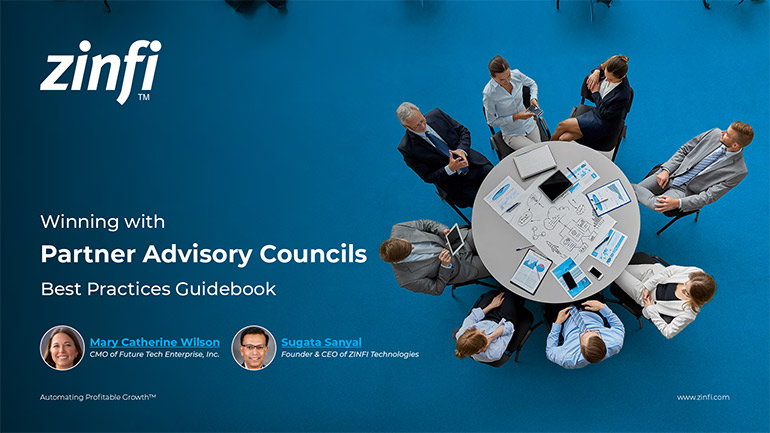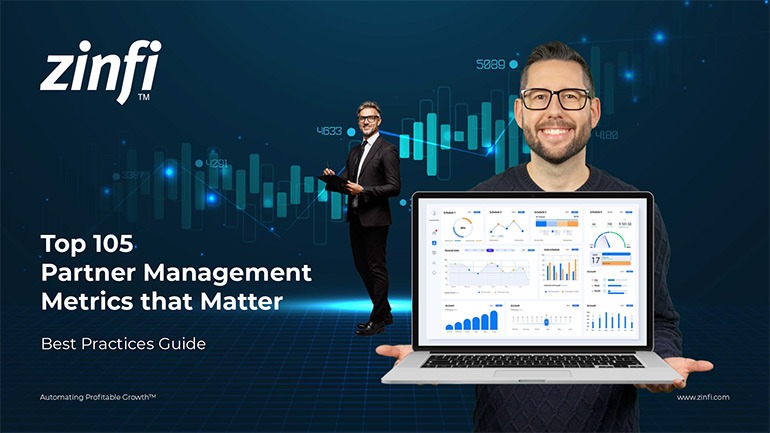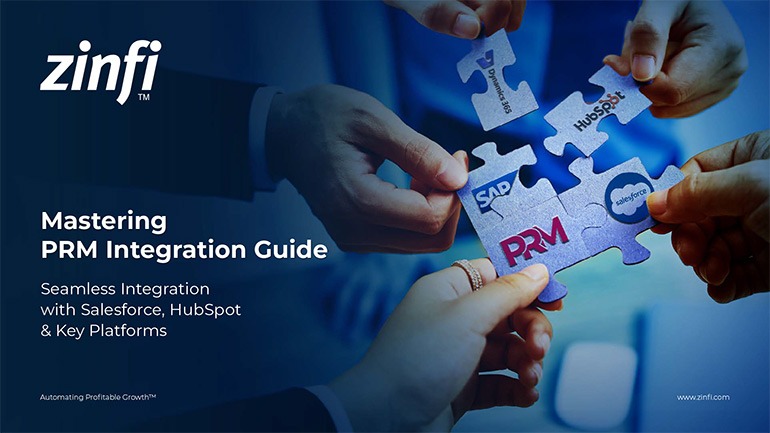Glossary - How to - Channel Partner Ecosystem
How to Build and Optimize a Channel Partner Ecosystem?
Introduction
A channel partner ecosystem is a network of businesses and organizations collaborating to market, sell, and support a company’s products or services. This ecosystem includes value-added resellers (VARs), distributors, managed service providers (MSPs), system integrators (SIs), and technology partners. An effective channel partner ecosystem drives revenue growth, expands market reach, and enhances customer satisfaction.
In partner relationship management (PRM), automating and optimizing a channel partner ecosystem is essential for sustained success. Companies leveraging PRM software can streamline onboarding, enablement, and performance tracking, ensuring partners are well-supported and productive. A robust channel partner strategy integrates digital tools, partner incentives, and co-marketing initiatives to maximize growth opportunities.
Key Takeaways:
Define and Segment Your Channel Partner Ecosystem:
Understanding your partner ecosystem begins with classification. The key segments in a channel partner ecosystem include:
- Distributors: Act as intermediaries between manufacturers and resellers.
- Value-Added Resellers (VARs): Customize and enhance products before reselling.
- Managed Service Providers (MSPs): Offer ongoing services, such as IT management.
- System Integrators (SIs): Integrate solutions into a customer’s infrastructure.
- Technology Partners: Collaborate on software and hardware integrations.
Each partner type has unique needs and motivations. Companies should use PRM software to manage segment-specific programs and track partner performance.
Establish a Strong Onboarding and Enablement Program:
An effective onboarding program ensures partners quickly understand and promote your products. Key elements include:
- Training & Certification: Provide structured learning paths and certifications.
- Sales & Marketing Resources: Equip partners with branded content, pitch decks, and case studies.
- Incentive Programs: Offer discounts, rebates, or revenue-sharing models for motivation.
- Partner Portals: Use PRM platforms to centralize all partner-related materials.
A streamlined onboarding experience reduces time-to-value and strengthens partner engagement.
Implement a PRM Solution for Automation:
Partner Relationship Management (PRM) software enhances collaboration by offering:
- Automated Lead Management: Assign leads based on partner expertise and location.
- Deal Registration & Approval: Prevent channel conflicts and encourage partner-led sales.
- Performance Analytics: Track KPIs like revenue contribution, deal closure rates, and customer satisfaction.
- Marketing Automation: Enable partners with co-branded campaigns and lead-generation tools.
A robust PRM system centralizes operations, improving efficiency and transparency in the partner ecosystem.
Foster Co-Marketing and Demand Generation:
Thriving ecosystems support partner-driven marketing. Strategies include:
- Co-Branded Marketing Campaigns: Provide customizable email templates, social media ads, and landing pages.
- Joint Webinars & Events: Host online or in-person events to generate leads and increase engagement.
- Partner Market Development Funds (MDFs): Offer financial support for marketing initiatives.
When partners can access marketing tools, they can drive demand and increase sales pipeline opportunities.
Measure, Optimize, and Scale Your Ecosystem:
Continuous optimization ensures the long-term success of your partner program. Metrics to track include:
- Partner Engagement Rate: Measure logins, training completions, and resource downloads.
- Revenue Contribution: Assess partner-influenced and partner-sourced deals.
- Customer Satisfaction Scores (CSATs): Evaluate post-sale support quality.
- Time-to-Revenue: Monitor how quickly new partners start generating sales.
Regular analysis of these metrics helps refine partner programs, improve enablement, and identify high-performing partners.
Summary of Key Takeaways:
- Classify your partners into distributors, VARs, MSPs, SIs, and technology partners.
- Develop a structured onboarding and enablement process with PRM tools.
- Use PRM software to automate partner management and improve efficiency.
- Empower partners with co-marketing strategies to drive demand generation.
- Measure performance and continuously optimize your channel partner ecosystem.
Key Examples:
- Automotive Manufacturing: Car manufacturers rely on distributors and VARs to supply parts, accessories, and maintenance services. A PRM system helps manage inventory, training, and promotional incentives.
- Consumer Electronics: Electronics brands use VARs and resellers to promote devices. Co-marketing campaigns and incentive programs help boost sales and engagement.
- Energy Production: Energy companies collaborate with technology partners to deploy innovative grid solutions. Automated PRM tools streamline partner support and compliance tracking.
- Financial Services: Banks and fintech firms work with system integrators to implement secure payment systems. Partner portals enable seamless knowledge sharing.
- Food and Beverage: Restaurant chains engage suppliers and franchisees in a structured partner ecosystem. Training programs ensure quality and brand consistency.
- Healthcare Services: Medical device manufacturers partner with hospitals and clinics. Performance tracking ensures optimal product usage and compliance.
- Information Technology: IT companies use MSPs and SIs to deploy cloud services. PRM solutions enable effective collaboration and revenue tracking.
- Pharmaceutical Development: Pharmaceutical firms collaborate with distributors and research partners. PRM software streamlines regulatory documentation and approvals.
- Retail Industry: Retailers partner with logistics providers and resellers. PRM tools manage supply chain efficiency and promotional initiatives.
- Telecommunications: Telecom providers engage resellers and service partners. Partner portals support lead distribution and contract management.
Conclusion:
A well-structured channel partner ecosystem enhances market expansion, customer satisfaction, and revenue growth. Businesses can maximize the potential of their partner relationships by classifying partners, streamlining onboarding, leveraging PRM software, and optimizing marketing strategies.
PRM solutions are crucial in automating operations, reducing friction, and improving partner performance. From automotive to telecommunications, industries benefit from a well-managed ecosystem, making it a cornerstone of modern partner relationship management (PRM) strategies.
By continually measuring performance and refining strategies, organizations can build a sustainable and thriving channel partner ecosystem that drives long-term success.
Associated Keywords:
- Channel Partner Strategy
- Partner Ecosystem Management
- PRM Software for Channel Partners















